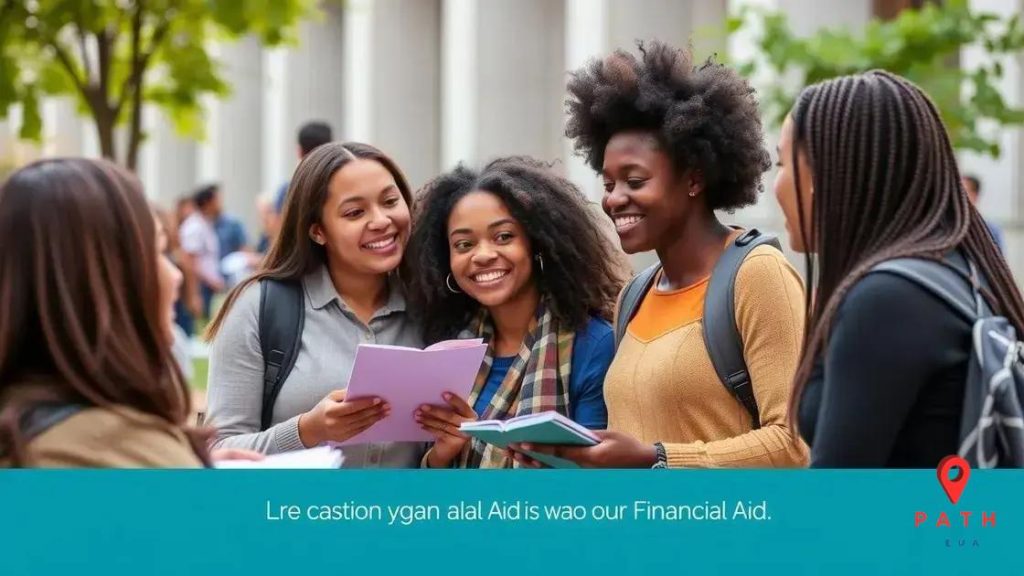Student loan forgiveness programs: what you need to know

Anúncios
Student loan forgiveness programs offer qualified borrowers the opportunity to reduce or eliminate their student debt through various options, impacting financial stability and credit scores.
Student loan forgiveness programs can be a game-changer for many borrowers. Have you ever thought about how these options might ease your financial stress? Let’s dive into what’s available and how you can benefit.
Anúncios
Understanding student loan forgiveness programs
Understanding student loan forgiveness programs is crucial for borrowers seeking financial relief. These programs are designed to help eligible borrowers reduce or eliminate their student loan debt.
Generally, these programs are available for federal student loans and require specific criteria to be met.
Anúncios
Types of Student Loan Forgiveness Programs
There are various types of student loan forgiveness options available, including:
- Public Service Loan Forgiveness: Offered to borrowers who work in qualifying public service jobs.
- Teacher Loan Forgiveness: Available for teachers who work in low-income schools.
- Income-Driven Repayment Forgiveness: Allows borrowers to have their remaining loan balance forgiven after a set number of payments.
For more information on these options, visit the Federal Student Aid website.
Eligibility criteria for student loan forgiveness
To qualify for student loan forgiveness, borrowers must meet specific eligibility criteria that vary by program. Understanding these requirements is crucial for those looking to reduce their student debt.
Generally, the criteria involve factors such as employment, loan type, and repayment plans.
Common Eligibility Criteria
The following are typical eligibility requirements:
- Employment in a qualifying field: Many programs require that borrowers work in public service or other qualifying sectors.
- Loan type: Only certain types of federal loans are eligible for forgiveness; private loans usually do not qualify.
- Repayment plan: Borrowers must typically be on a specific repayment plan, often an income-driven plan, to qualify.
For details about the eligibility requirements for each program, it’s helpful to visit the Federal Student Aid website.
Types of student loan forgiveness options

Understanding the types of student loan forgiveness options is key for borrowers looking to reduce their debt. Different programs cater to various professional paths and circumstances.
Each forgiveness option has unique requirements and benefits that borrowers should know about.
Common Student Loan Forgiveness Options
Here are some popular forgiveness programs:
- Public Service Loan Forgiveness (PSLF): This program forgives loans for borrowers who work full-time in qualifying public service jobs after making 120 qualifying payments.
- Teacher Loan Forgiveness: Available for teachers who work in low-income schools, forgiving up to $17,500 of their loans after five years of service.
- Income-Driven Repayment (IDR) Forgiveness: Borrowers can receive forgiveness of their remaining balance after making payments for 20 or 25 years, depending on the plan.
To learn more about these options, visit the Federal Student Aid website.
Application process for student loan forgiveness
The application process for student loan forgiveness is an important step for borrowers seeking relief. Understanding each step can help ensure a smoother experience.
It typically involves gathering necessary documentation and submitting the appropriate forms to the loan servicer.
Steps to Apply for Student Loan Forgiveness
Follow these steps to apply:
- Determine eligibility: First, check if you meet the criteria for the specific forgiveness program you are applying for.
- Gather documents: Collect required documents such as proof of employment and loan statements.
- Complete the application: Fill out the necessary forms, making sure to provide accurate information.
- Submit the application: Send your application to your loan servicer and keep a copy for your records.
For more information and resources, visit the Federal Student Aid website.
Impact of student loan forgiveness on credit
The impact of student loan forgiveness on credit is an important topic for borrowers to understand. Forgiveness can affect your credit score in various ways.
When loans are forgiven, borrowers may notice changes in their credit history.
How Student Loan Forgiveness Affects Credit
Here are some key effects to consider:
- Reduction in debt: Once the loan is forgiven, your overall debt decreases, which can positively impact your credit score.
- Payment history: If your loans were in good standing before forgiveness, this positive payment history remains on your credit report.
- Potential negative impact: In some cases, having a forgiven loan may also be viewed negatively by lenders, depending on the circumstances.
To learn more about how student loan forgiveness can affect your finances, visit the Consumer Financial Protection Bureau’s website.





